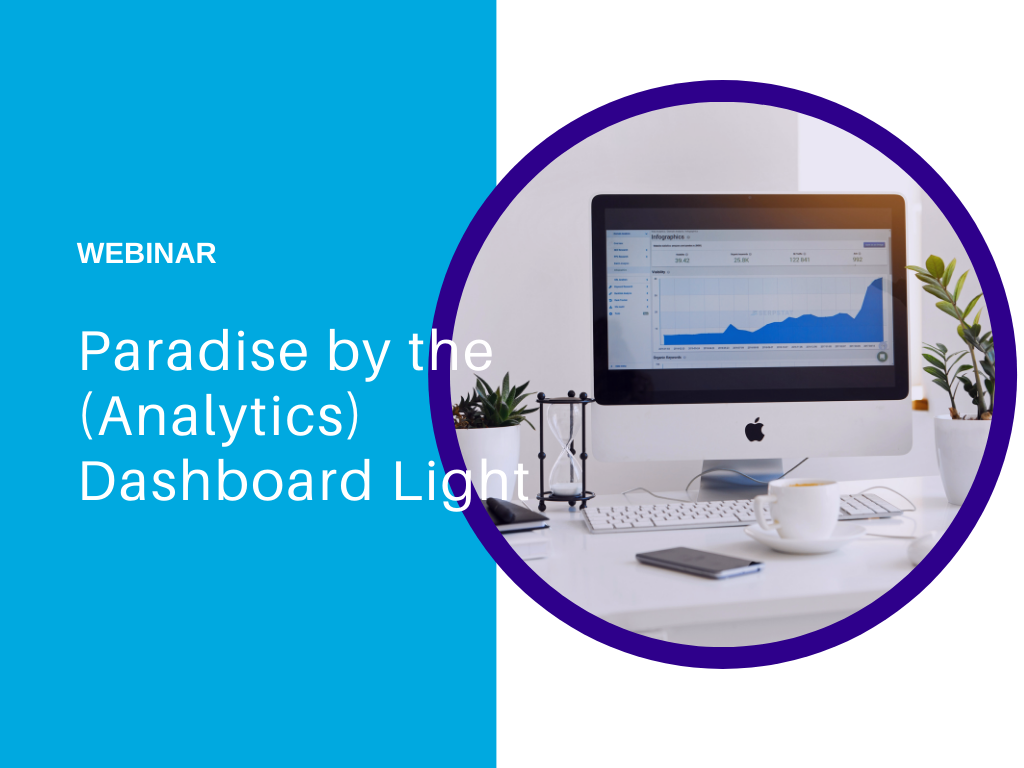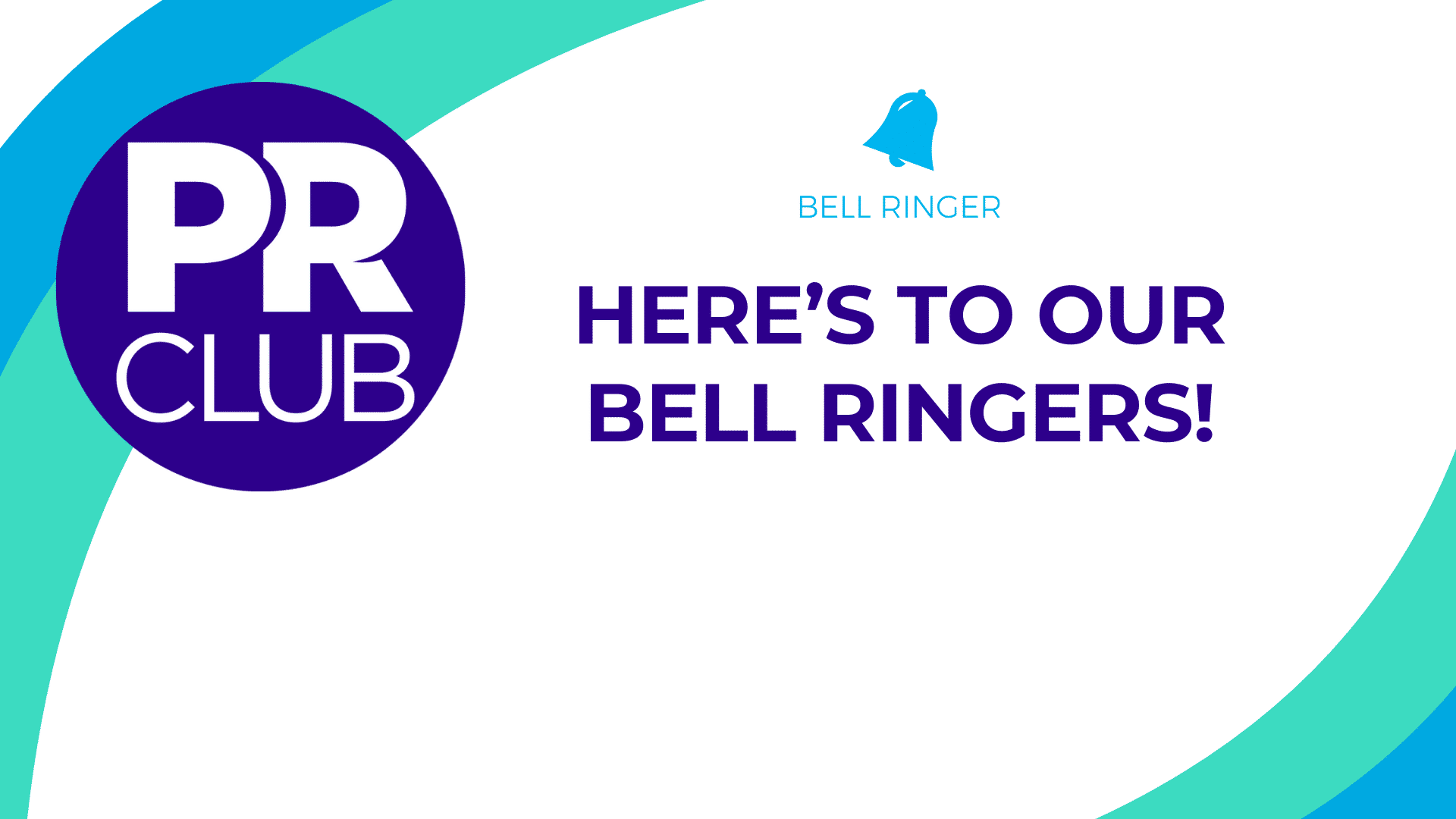Every company uses data to measure success, whether it’s daily, monthly, quarterly, or annually. With the amount of data to report on constantly increasing, it can be difficult to establish a clear purpose and understand the information architecture. Chris Penn, from Trust Insights, joined the PR Club recently to share his insights on the best ways to organize dashboards and meaningfully communicate data.
When developing a dashboard, think of it like data storytelling. The goal of the story is to provide value and help stakeholders, clients, CMOs, etc., make an informed decision. Ask yourself these three questions:
- What happened?
- So what?
- Now what?
Your dashboard should be 25% “what happened,” 25% “so what,” and 50% “now what.” Say your media coverage increased by 10% – that’s the “what happened.” So what, did that 10% increase result in new business or sales? Now what’s your recommendation? Perhaps it’s to pitch similar media or run retargeting ads.
Dashboards are a reflection of your success and can have serious financial impact on your organization. To represent your achievements in the best light, check out these six tips from Chris Penn when creating a dashboard:
- Clear. Be cognizant of the type of data visualizations you choose to communicate varying messages. There are four types of visualizations: distribution, relationship, composition, and comparison. Barcharts, scatter plots, line graphs, and pie charts are all visualizations that tell different stories. Select your visualization based on your story.
- Clean. Resist the temptation to make your dashboard look “cool.” Highlight your KPIs and keep it simple.
- Complete. Convey the important information — ROI, what’s driving goal completions, and why.
- Concise. Remember, keep it simple. Don’t add data just to fill white space.
- Cited. Explain the data sources, authorship, and methodology.
- Conclusive. Recommend a course of action. Help your audience make a decision from the data.
It takes time and iteration to build a strong dashboard. Following these six tips will help you have happy clients, customers, and teams. If your target audience can walk away with a valuable insight on what their next steps should be, you have a decision-making dashboard. After all, dashboards without decisions are decoration.
This article was written by Mary Katherine Mulligan of PR Club member, Tier One Partners.




